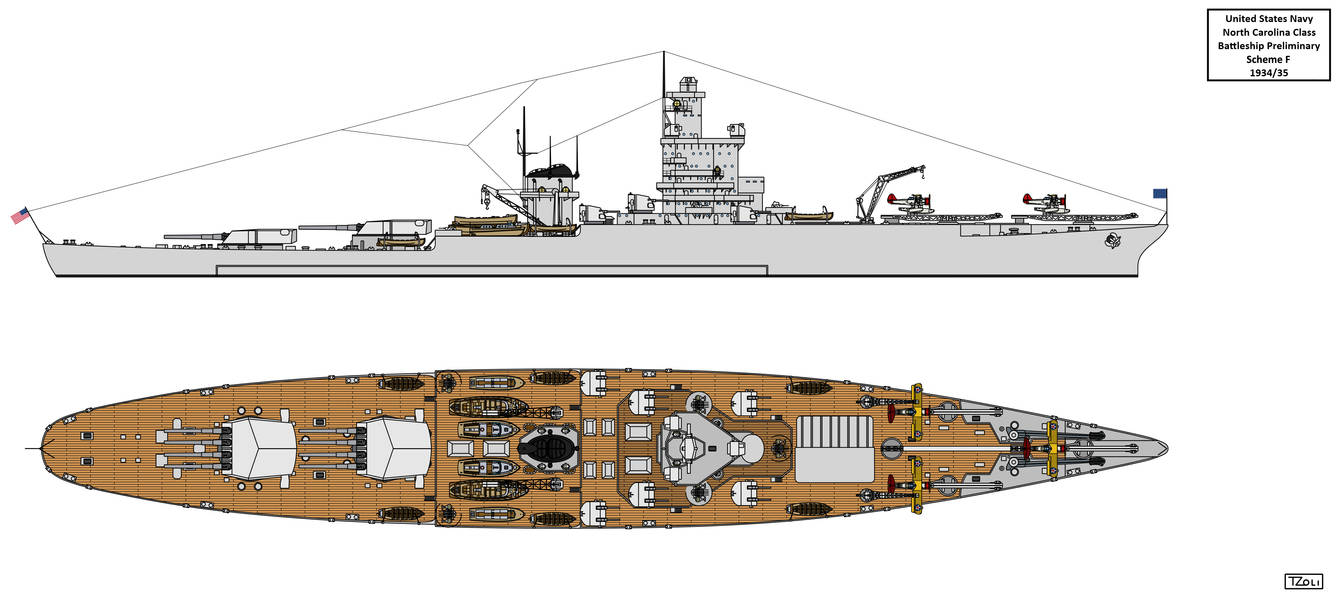The Alaskas seems to be one of the few aberrations in the USN well oiled large warship building program in WWII. Of course they were started in the first place to face, chase and fight imaginary Japanese super-cruisers.
With 100% hindsight obviously, what would you build in place of those few Alaskas ?
- more Baltimores / Oregon CAs ?
- more battleships?
- or more Essex carriers ?
In fact we know, or at least can deduce, what was built in place of the other 4 Alaskas.
The building plan called for 3 Alaskas to be laid down at New York Shipbuilding yard in Camden, NY at the end of 1941 / early 1942 followed by another 3 a year later. So they would have had 6 slips tied up producing Alaskas at peak. NYSB was a yard fully employed in cruiser construction and which at the start of Dec 1941 had orders for 13 Cleveland class of which 9 had already been laid down of which 8 were still on the slips. A total of 5 had been launched by the end of June 1942 and the remaining 8 became CVL and were all launched by Sept 1943.
Alaska & Guam were laid down in Dec 1941 and Jan 1942 on schedule. Hawaii was suspended in April 1942.
Sometime between Dec 1941 and April 1942 another Cleveland class order was transferred to NYSB from Federal. It was laid down as the Fargo on 11 April 1942 and subsequently became the CVL Langley launched in May 1943. Federal lost 3 cruiser orders to other yards to allow it to concentrate on destroyer production.
Then in Dec 1942, Jan 1943 and March 1943 three wartime ordered Cleveland class were laid down, being Cl-103 Wilkes-Barre, CL-104 Atlanta and CL-105 Dayton. The next ships laid down in the yard were a batch of Baltimore class cruisers CL130-133 between Feb and Sept 1943.
So unless someone can produce some other evidence I believe that the Alaskas were replaced by those 4 Cleveland class cruisers as being the ships that most readily fit the previous plan or alternatively a mix of Clevelands and Baltimores.
If you want to do something else then you need to fathom out if the slips earmarked to build the Alaskas were big enough for anything else as the Alaskas were probably the longest ships built in the yard until the post WW2 years. You need another 80 feet in length to build an Essex. Of the 10 fast BB only 3 were built outwith the Navy Yards and all the Montanas were to be built in Navy Yards, so I don't see BB being allocated to NYSB even though they had built South Dakota.














